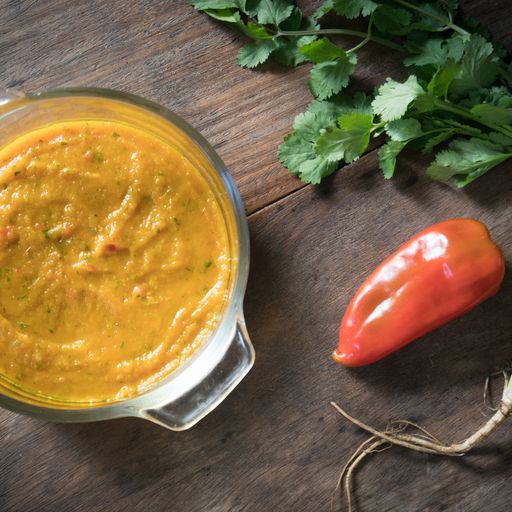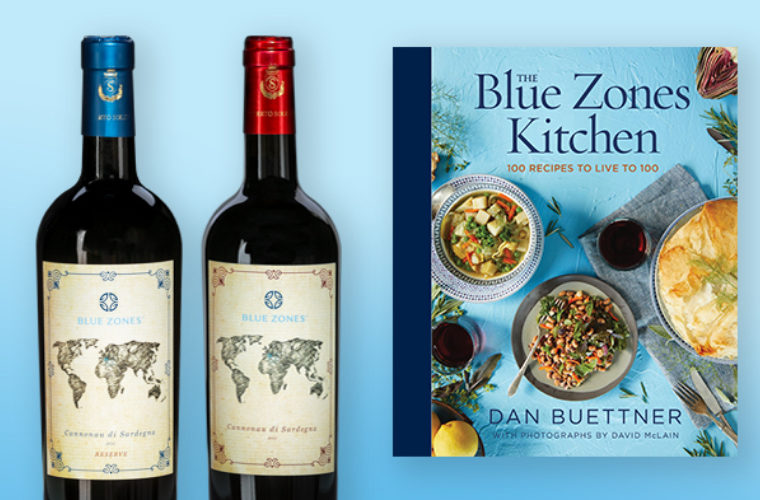
Probably the most popular Costa Rican condiment, chilero’s tangy-spicy flavor is addicting, spicy, and slightly sweet. The veggie-packed, peppery sauce enlivens almost every type of food here, including rice, beans, and stews, and it gives dishes a kicking finishing touch. The best part? It’s surprisingly easy to make and is an excellent substitute for Tabasco and other bottled hot sauces. The vinegar gives it a probiotic boost, and the vegetables and chili peppers add to its antioxidant and antibacterial properties.
Costa Ricans often refer to themselves as Ticos individual males are Ticos and females are Ticas, but the general population is Tico. Each has his or her own chilero recipe, so it can sometimes be searingly hot. But every version centers around chili peppers, vinegar, and sugar. You can experiment with different vegetables, including onions, cauliflower, broccoli, and green beans, as well as your own comfort level of spiciness.
2 carrots, peeled and sliced into 1⁄4-inch rounds
4 small sweet onions (like Vidalia), halved and sliced
2 cucumbers, sliced into 1⁄4-inch rounds
1 head cauliflower, stem removed and florets cut into bite-size pieces
4 red or green (or combination) bell peppers, seeded and sliced into strips
6 jalapeño peppers, finely chopped (remove most of the seeds if you prefer a milder sauce)
8 spicy chili peppers (like habanero), finely chopped (remove most of the seeds if you prefer a milder sauce)
1 tablespoon salt
24 ounces white vinegar
Quickly parboil carrots and onions by boiling water and dropping them in for 1 to 2 minutes, until their color turns bright. Drain and pat dry.
Sprinkle all vegetables with salt.
Fill clean wide-mouth glass pickling bottle(s) or jar(s) with vegetables; then pour vinegar into bottles, pushing down vegetables until vinegar covers them entirely.
Allow the chilero to sit at room temperature (not in the sun) for at least a day before using. Two or three days is better.
Store for 2 to 3 months in the refrigerator.

The Blue Zones Kitchen fuses scientific reporting, National Geographic photography and 100 recipes that may help you live to 100. The Blue Zones’ food tradition is going the way of the dodo bird, thanks to the encroachment of the American Food Culture.
Learn More